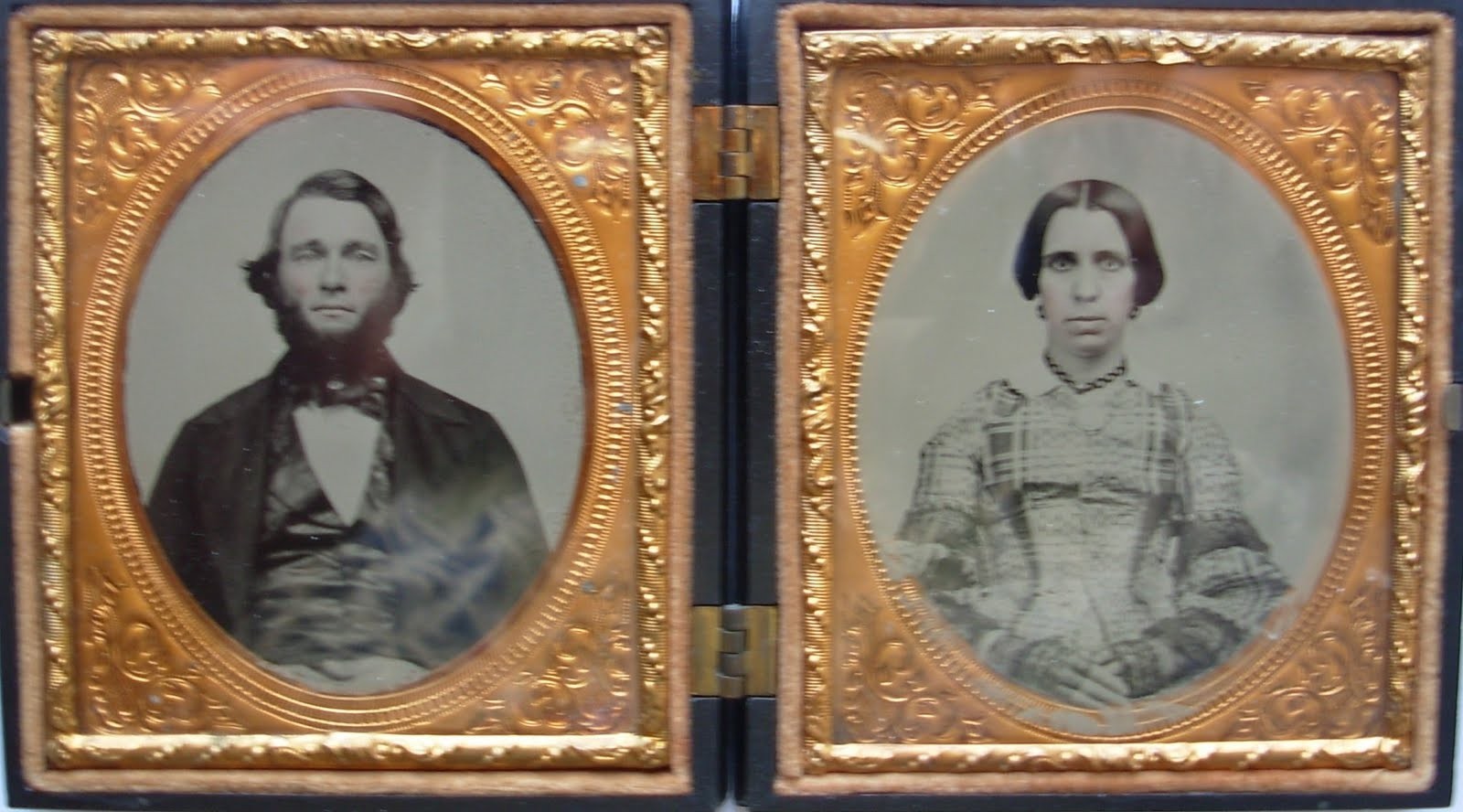How many of us ancestry researchers have a drawer or file in our homes filled with pictures?
This RecordClick genealogist has spent a fair amount of time labeling envelopes of pictures, recording trips, documenting pregnancies and the birth and growth of children and grandchildren, chronicling family gatherings, saving memories and helping with genealogy research. And while I love our older photos, I do wonder what would happen if I put some selfies up on my wall of usual suspects (aka ancestors).
Although the nature of photography has changed, snapshots are still a vital part of our lives.
The art of photography has been around a long time. The first photographs were created in France in about 1830. The pictures caught the fancy of the public and a new art form was created. President Andrew Jackson (1767-1845) had a photographic portrait taken shortly before his death in 1845. President John Quincy Adams (1767-1848) and Former First Lady Dolley Madison (1768-1849) did likewise in the same time period. Photographs from the early days of taking pictures are most certainly treasures for family historians and ancestry researchers. . For well over a hundred years, people have been recording images of the world around them.
One of the first photographers was Mathew Brady and his sometimes brutal depictions of the Civil War. Local photographers took family portraits, sometimes in a studio or sometimes at the subject’s home. Others early photographers recorded their surroundings. Ansel Adams raised scenic photography to a new level with his pictures of Yosemite National Park. He also documented a Japanese internment camp in California during World War II. The federal government hired photographers in the 1930s to take pictures for the Farm Security Administration – Office of War Information to record life at that time in the United States.
Where are all these photographs?
All ancestry researchers have to do is to look around. They will find thousands upon thousands of digitized photographs in the online collections of both the Library of Congress and the National Archives. Libraries, museums, historical societies and universities are also digitizing their collections and making them available online. Often, the people in the photos are identified.
Today, ancestry researchers will sometimes post pictures online as a way to get help from other family members in identifying the people in the photos. And even if family members of ancestry researchers are not online, the odds are good that an industrious genealogist can find a picture of the area where the individual lived. These photographic additions to the family history make the genealogy come alive.
The quality of many of the old pictures can be amazing. For ancestry researchers, this can be very helpful considering that the older equipment was cumbersome and the process was lengthy–so different from today’s quick and easy smart phone pix.
Some ancestry researchers specialize in photographic identification. These knowledgeable specialists will help determine the dates of the photograph through:
- Which method was used to take a picture
- The style of clothing and hair
- Dating the furniture
A few years ago, I attended a genealogy conference in Cincinnati, Ohio. One of the highlights there was viewing a restored panoramic portrait of the city. Specialists in photograph identification had been able to identify the exact place, date and time the historic photograph was created.
Many families have more pictures than they know what to do with. It certainly is a struggle for this ancestry researcher to not be overwhelmed when I inherit scrapbooks and boxes from the families of deceased relatives. I have to view them as a few grains of sand in the sea of photographs.
With so many photographs available, the process of finding and identifying people in your family tree may become overwhelming. When you hire a genealogist from RecordClick, we help you find, identify and organize your collection. Our ancestry researchers will also provide information and advice on preserving your pictures and more.







